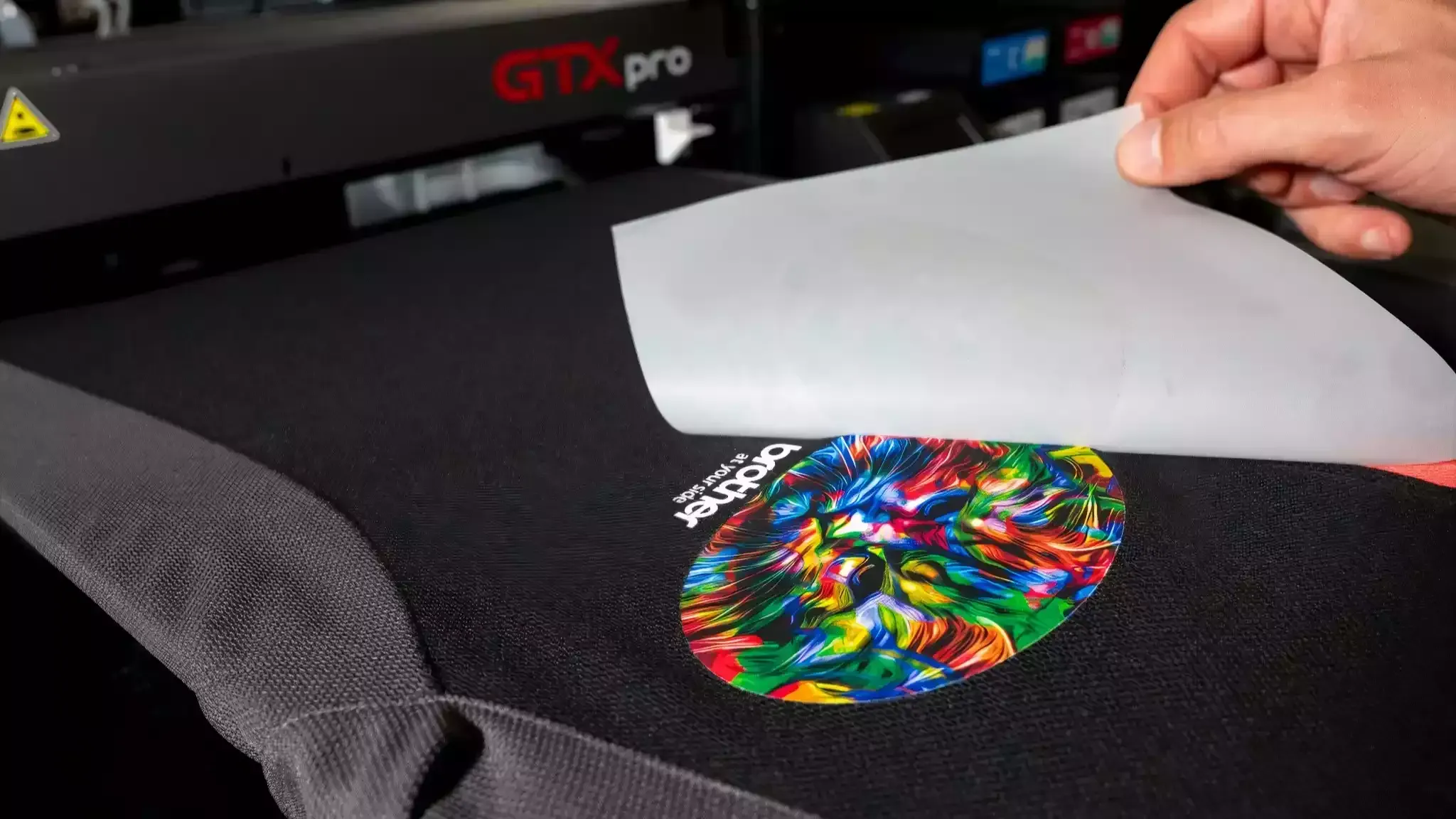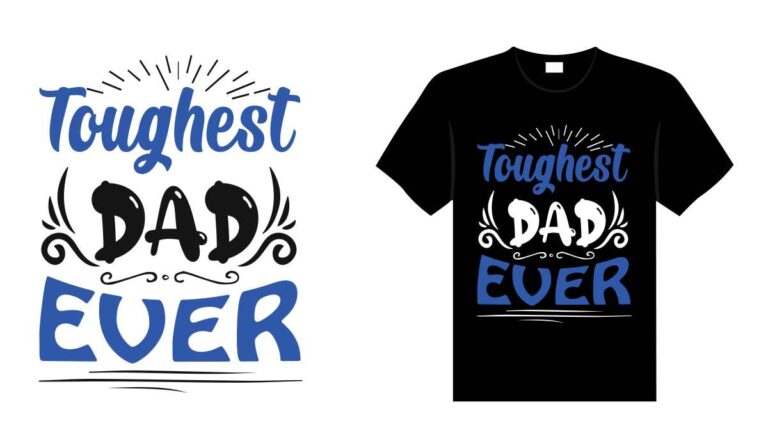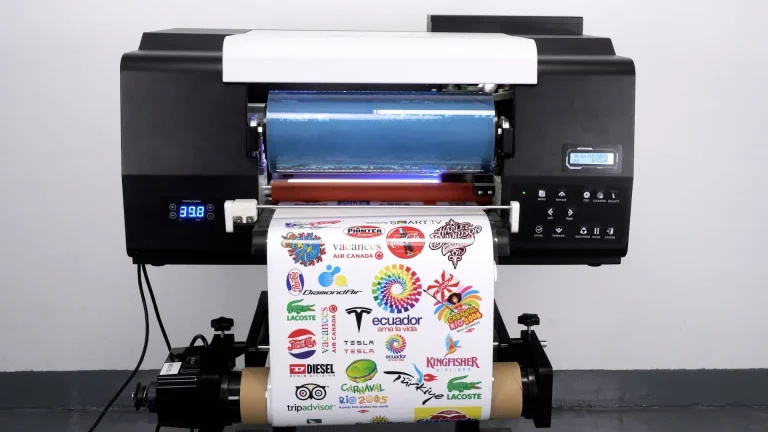DTF printing, or Direct to Film printing, has emerged as a game-changing technology in the realm of textile printing. This cutting-edge method offers a unique solution for creating stunning custom apparel by allowing intricate designs to be transferred directly onto fabrics with remarkable precision. Unlike traditional printing methods such as screen printing or direct-to-garment (DTG) printing, DTF printing utilizes a specialized film that enables vibrant colors and sharp detail in every print. As the demand for custom apparel continues to grow, businesses are increasingly turning to this innovative printing technology to enhance their product offerings. In this article, we will delve into the mechanics of DTF printing, exploring its benefits, challenges, and rising popularity in the fashion industry.
Also known as Direct to Film technology, this textile printing method has revolutionized the way brands create and distribute custom designs. With its ability to handle various materials and deliver high-quality imagery, Direct to Film printing stands out in a crowded marketplace. As the pursuit of personalization grows within the fashion sector, the application of this printing technology allows for a seamless bridge between artistry and functionality. By employing advanced printing techniques, it caters to the needs of both small businesses and large enterprises looking to innovate their apparel lines. Let’s investigate how this method is reshaping the landscape of custom fabric printing.
Understanding the DTF Printing Process
The Direct to Film (DTF) printing process begins with the artistic transition of a digital design into a physical format. In this innovative method, artwork is printed onto a specialized film using a DTF printer. Unlike traditional methods, where designs are directly applied to fabric, DTF printing uniquely involves a heat transfer phase. This procedure is vital as it allows for intricate designs and vibrant colors to be transferred without compromising detail. The use of heat and pressure during application ensures that the image bonds securely to the fabric, making DTF an exceptional choice for textiles.
The flexibility of DTF printing is evident in its ability to work with various fabric types, including cotton and polyester. This adaptability enables businesses to cater to a broad range of custom apparel needs, from promotional clothing to personal fashion items. Additionally, the elimination of pre-treatment saves valuable time in production, allowing for a smoother workflow. As brands continuously seek unique ways to express their identities, DTF printing stands out as a game-changer in textile printing technology.
Frequently Asked Questions
What is DTF printing and how does it work?
DTF printing, or Direct to Film printing, is a modern textile printing technique that involves printing designs onto a special film. This film is then transferred onto fabrics using heat and pressure, allowing for vibrant and detailed images on a variety of materials, without requiring fabric pre-treatment.
What are the advantages of using DTF printing for custom apparel?
The advantages of DTF printing for custom apparel include its versatility to print on multiple fabrics, exceptional color vibrancy that enhances designs, and cost-effectiveness over time due to reduced setup and operational costs compared to traditional printing methods.
How does DTF printing compare to other textile printing methods?
DTF printing differs from traditional methods like screen printing and direct-to-garment (DTG) printing by printing on a film rather than directly on fabric. This technique allows for more detailed color reproduction, quicker production times, and the ability to print on various materials without pre-treatment.
What technologies are used in DTF printing?
DTF printing utilizes high-resolution printers that produce intricate designs on film, along with eco-friendly, water-based inks. Recent advancements have improved production speed and efficiency, making DTF an appealing option for custom textile production.
What challenges might businesses face with DTF printing?
While DTF printing offers many benefits, challenges include initial setup costs for equipment and materials, as well as a learning curve to master the technology and design processes, which may necessitate training for staff.
What trends are impacting the growth of the DTF printing market?
Trends affecting the DTF printing market include increasing demand for custom apparel, a shift towards sustainable practices with eco-friendly inks, and advancements in printing technology that improve production times and quality.
| Feature | Description |
|---|---|
| What is DTF Printing? | A printing method where designs are printed onto a film and then transferred to fabric using heat and pressure, applicable on various materials without pre-treatment. |
| Advantages of DTF Printing | Includes versatility for different materials, vibrant color outputs, and cost-effectiveness due to bulk printing efficiency. |
| Latest Trends | Adoption of eco-friendly inks, faster production times due to technology improvements, and high-resolution printing capabilities for intricate designs. |
| Market Growth | The DTF printing market was valued at approximately $200 million in 2023, driven by a surge in demand for customized and sustainable apparel. |
| Challenges of DTF Printing | Initial setup costs and the learning curve associated with mastering new technology may deter some businesses from adopting this method. |
Summary
DTF printing is revolutionizing the textile printing industry by offering innovative solutions for custom designs. This technology seamlessly merges creativity with efficiency, allowing businesses to enhance their product offerings with high-quality prints on a variety of materials. From its superb color vibrancy to adaptability across fabrics, DTF printing caters to diverse customer needs, making it a vital tool for modern apparel creation. As market trends continue to favor sustainability and customization, the significance of DTF printing in the textile production landscape is only expected to grow, setting the stage for future innovations.






